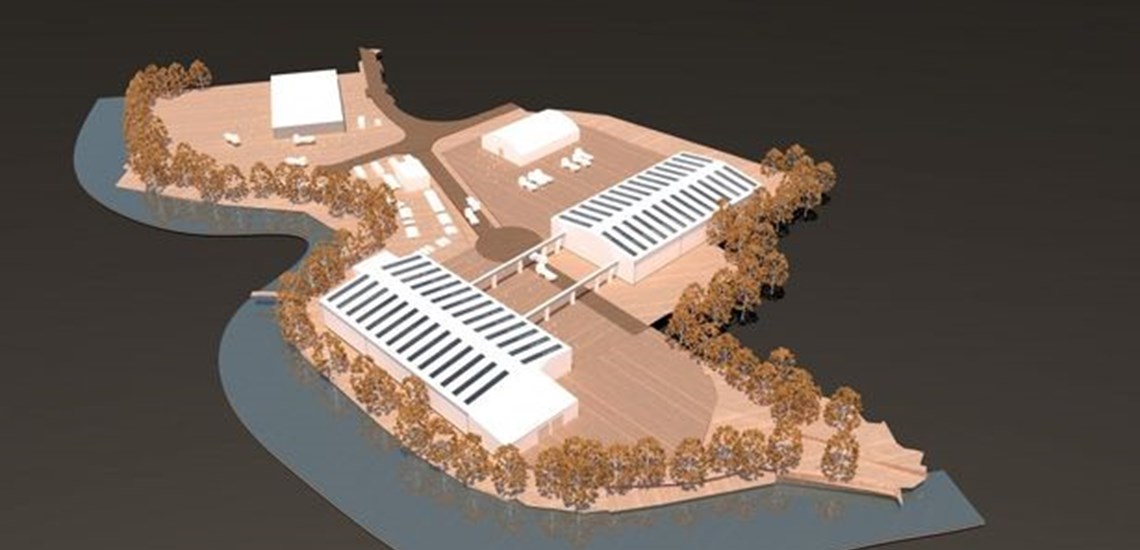A proposed tyre recycling plant in Scotland is taking climate change seriously. For most recyclers acquiring the equipment to do the task required and plugging it into a diesel generator would be enough. However, SSH Recycling’s devulcanisation plant is being designed to be green from the outset.
Green Devulc Plant for Scotland
The plant is estimated to require some 5MW of electricity to run the devulcanisation process.
Capstone Energy Corporation, through its Scottish subsidiary, SCE Energy will be supplying four C1000 Signature Series microturbines for the ground-breaking tyre recycling. This order adds to last year’s first C1000S order at the site and will see a total of five microturbine systems installed at the 4.2 hectare, or 10-acre, tyre processing facility.
The plant will be the first in the UK to devulcanise treated rubber to produce new products that include sheets, conveyor belts, shoe soles or rubber mats on a commercial basis.
The cogeneration system will use low pressure natural gas to provide electricity and combined heat and power (CHP). The visionary project is a collaboration between SSH Recycling, ICDP Architects and SCE Energy.
“Capstone Green Energy, in partnership with SCE Energy, ICDP Architects and SSH Recycling, has designed a low emission and highly efficient CHP system to drive cost and carbon savings in this environmentally significant tire recycling operation,” said Darren Jamison, President and Chief Executive Officer of Capstone Green Energy. “In my opinion, this creative solution is nothing short of brilliant.” concluded Mr. Jamison.
“This is a ground-breaking project which will save over one million tons of carbon emissions annually and help Scotland reach its net carbon target,” said Willy Findlater, Lead Consultant and Project Manager for ICDP Architects.
The clean exhaust from the microturbines will be captured via heat exchangers and will provide heat and hot water to the processing plant, process equipment, storage buildings and offices. Not only is the system’s high efficiency expected to lower operating costs from their current cogeneration system, but it will also provide environmental benefits by reducing carbon emissions.
Strict environmental challenges set by various government bodies gave the Capstone’s low emission microturbines a sizeable advantage over alternative technologies and equipment. Capstone microturbine systems dramatically reduce both criteria pollutant emissions and carbon emissions through use of low- or no-carbon generation, improved efficiency, reduced fuel needs and/or use of waste streams as fuel.




















